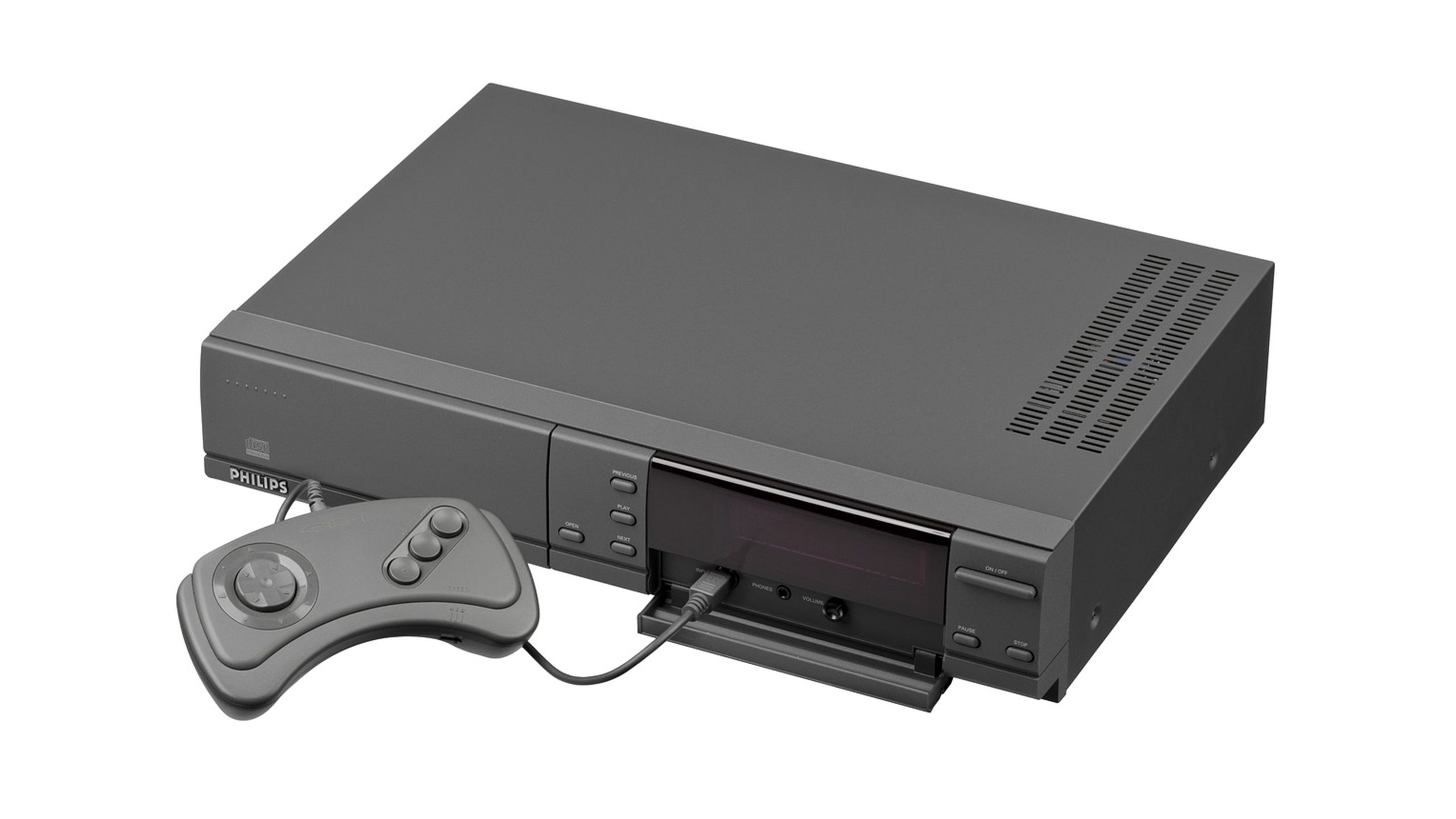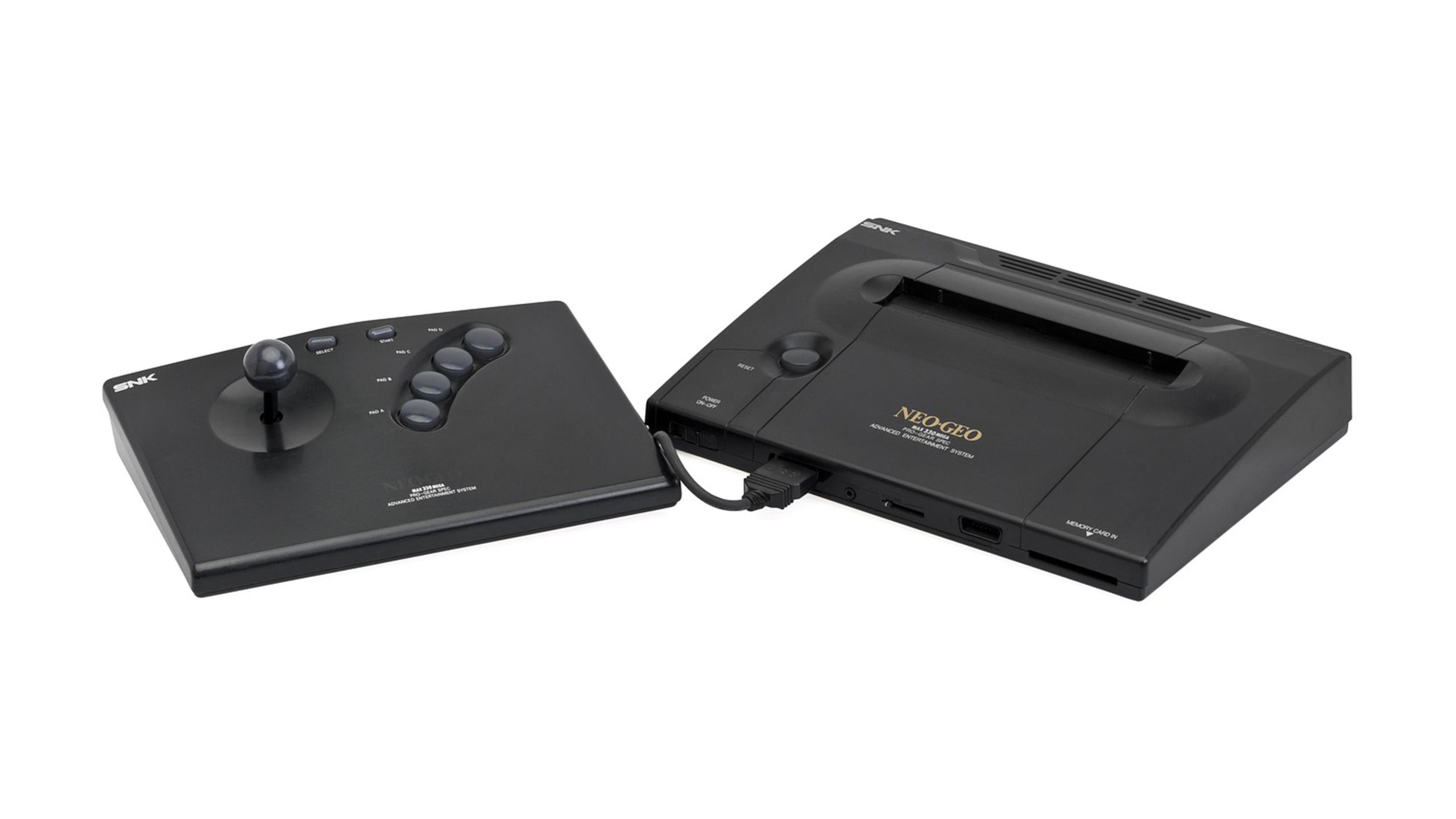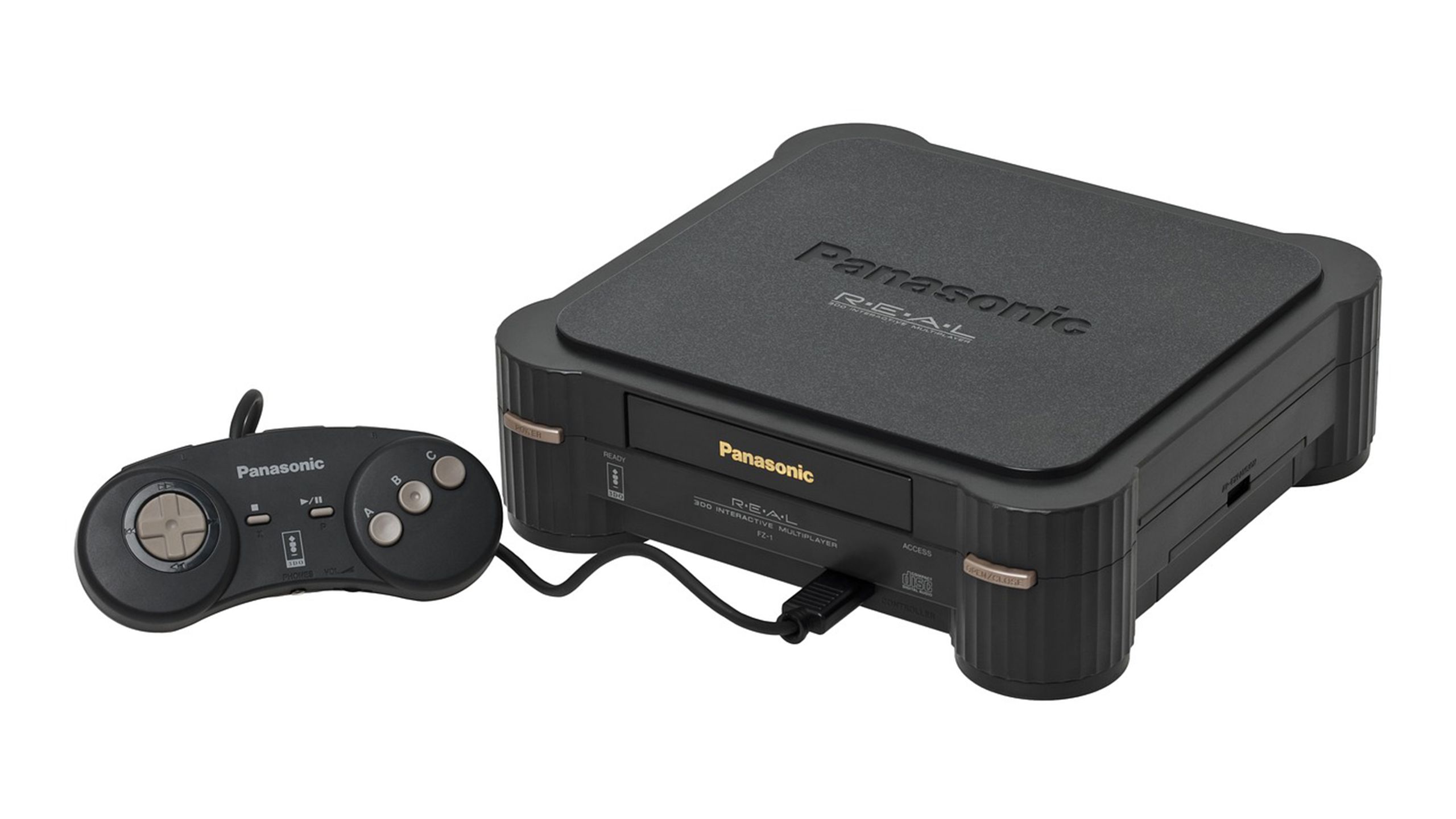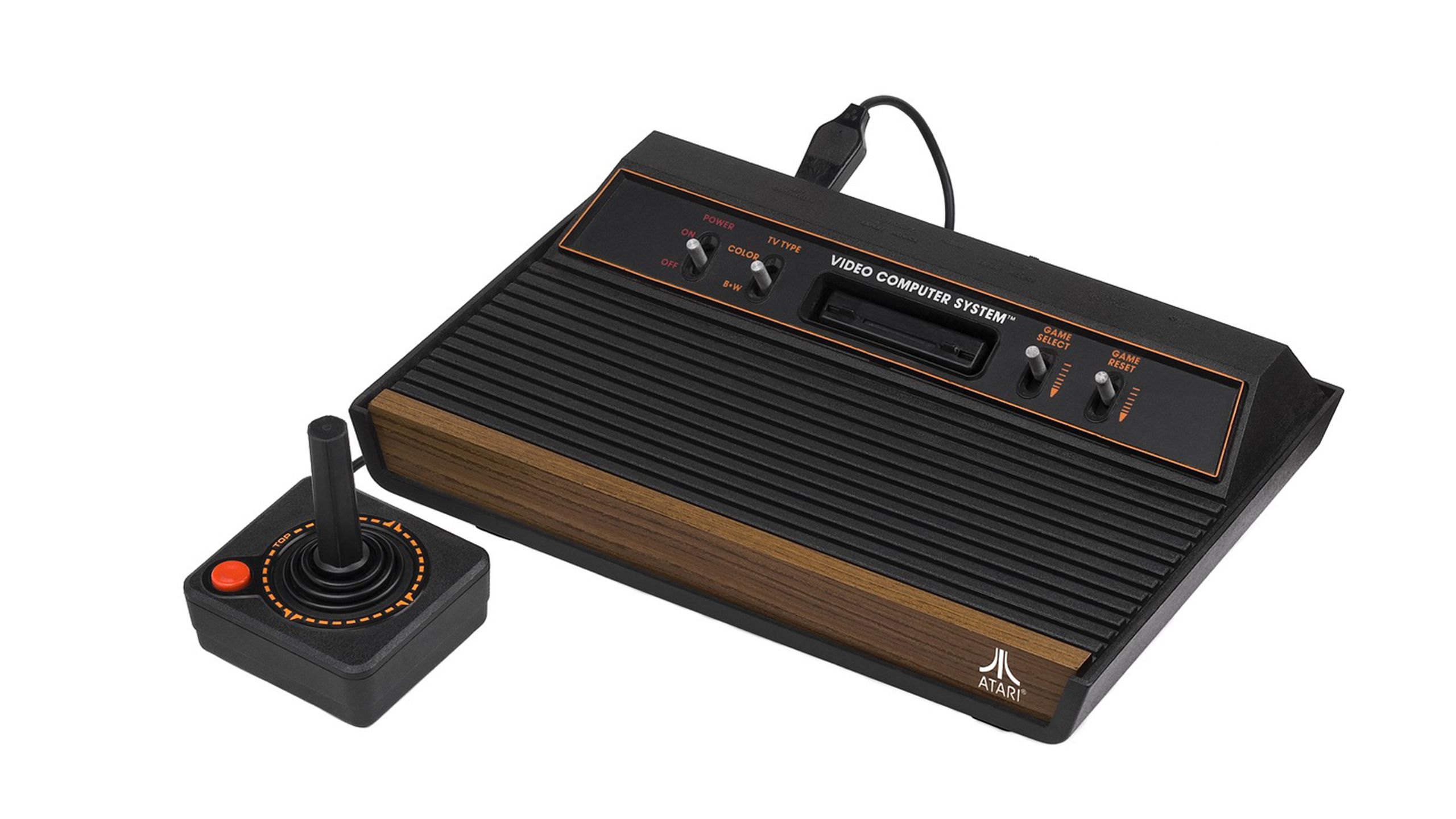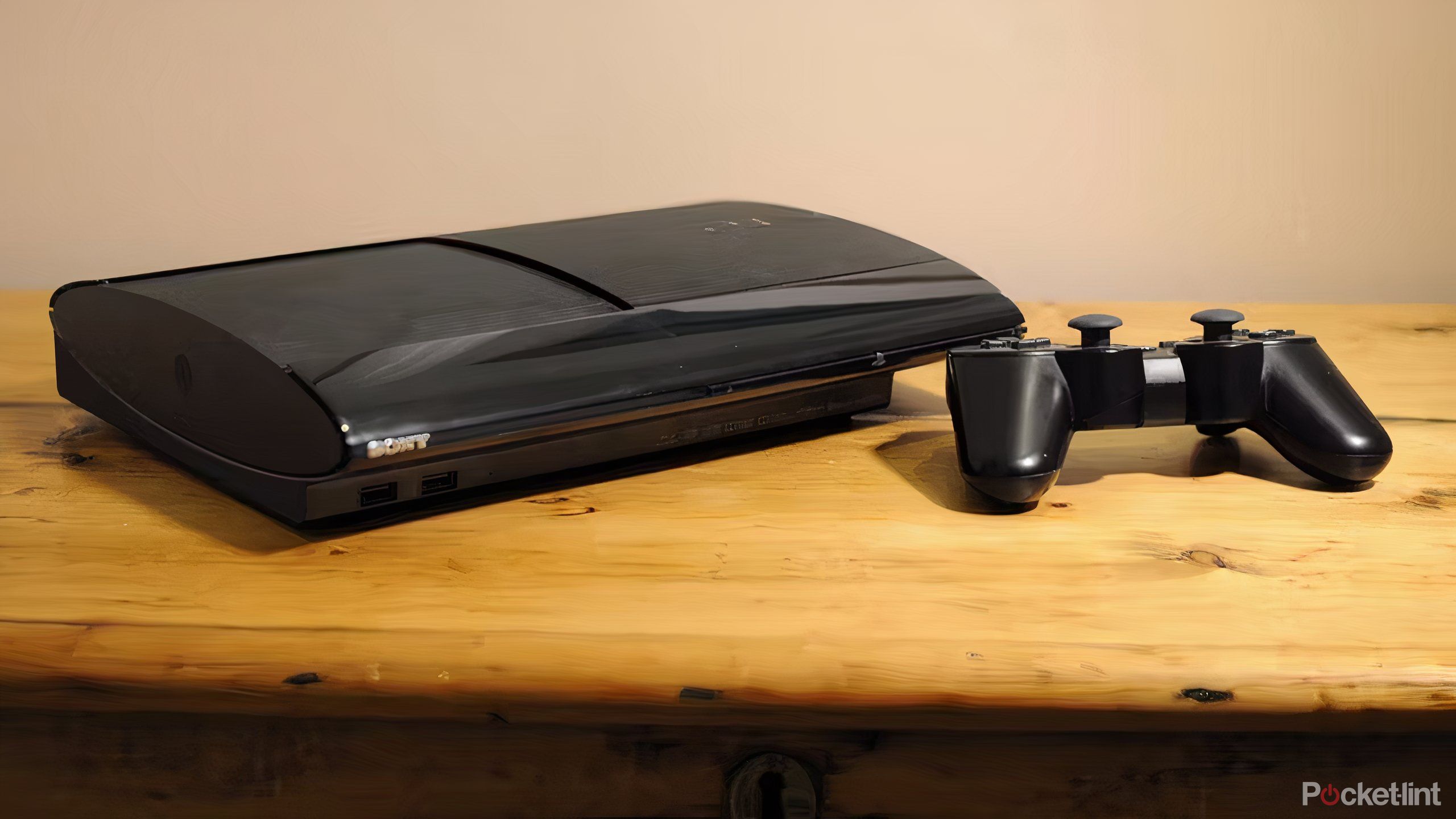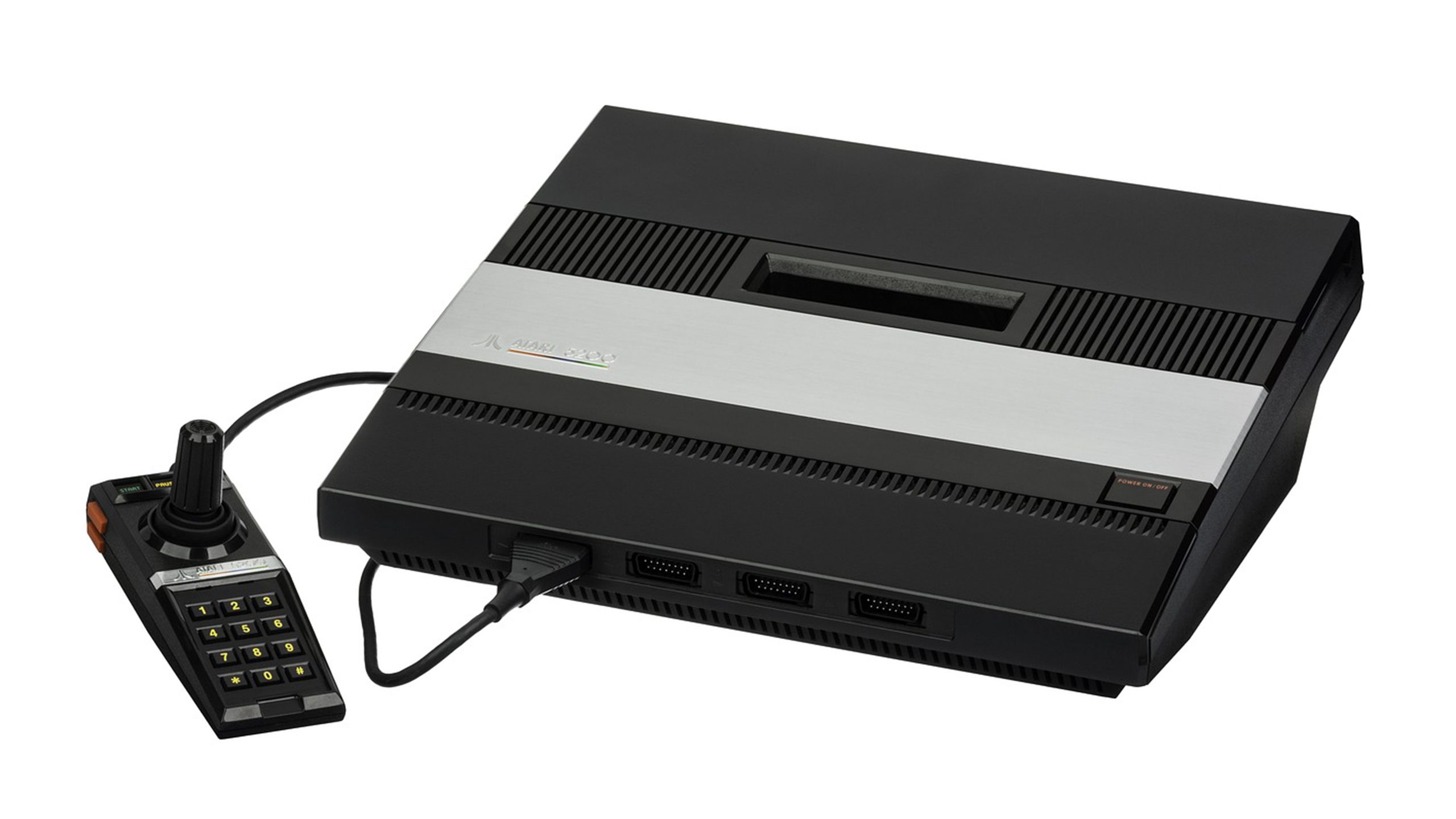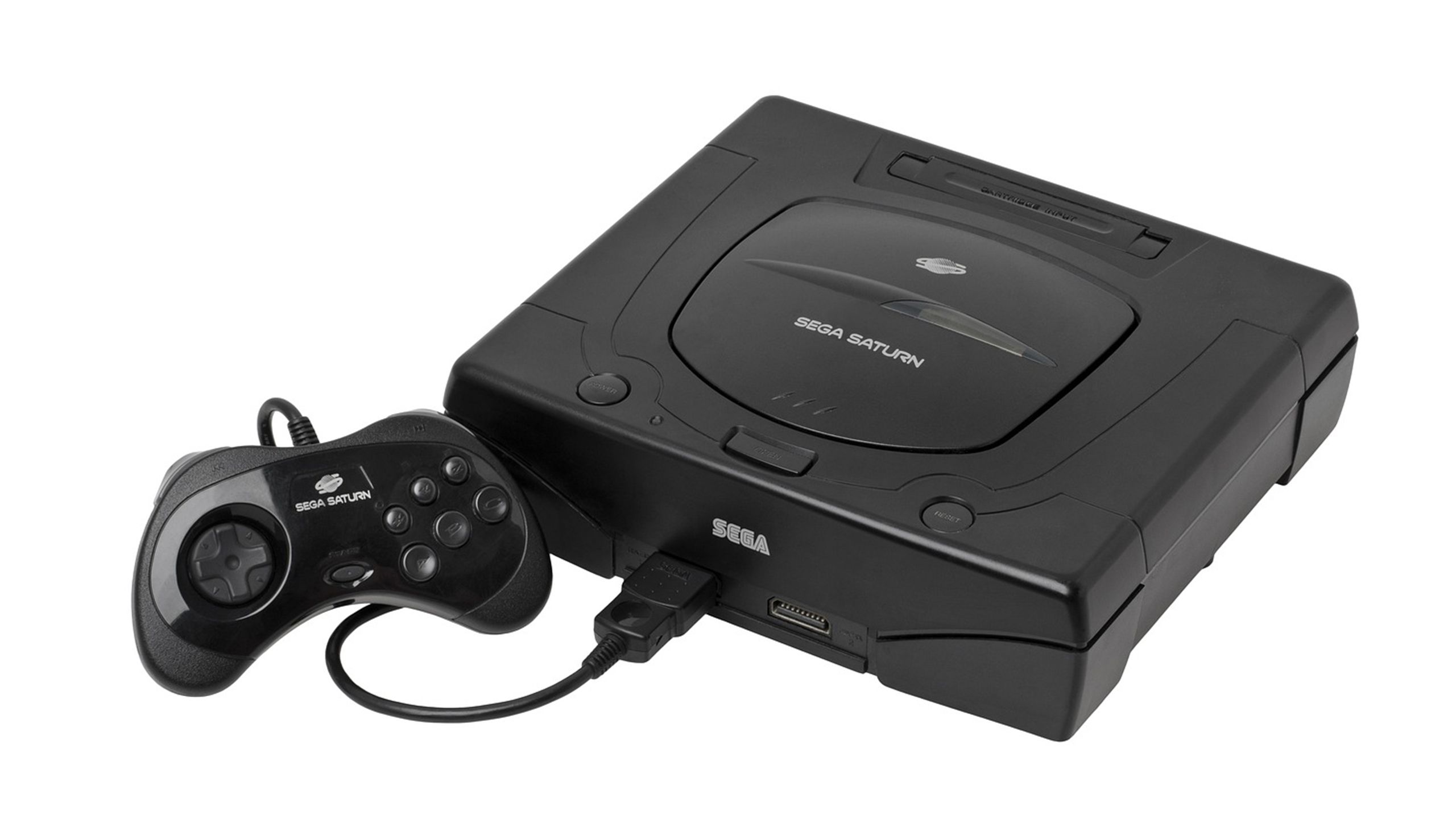Key Takeaways
- Sony announced the PS5 Pro with lackluster features and a steep $700 price tag.
- Other consoles, like the Neo Geo AES, 3DO, & PS3, had even higher launch prices adjusting for inflation.
- The Philips CD-i takes the crown, although it could do more than just play games.
It’s fair to say that Sony’s announcement of the PS5 Pro didn’t quite go down as well as the company would have hoped. The device itself is fairly underwhelming, with one of the genuine selling points in Sony’s technical presentation being that the crowd in the parade scene in Ratchet & Clank: Rift Apart looks a bit clearer. Take my money now, Sony.
Money was precisely the biggest issue, however. The new console is launching at a price of $700. It’s not comparing apples with apples, but you can buy a Nintendo Switch OLED model right now for less than $270. To make matters worse, the PS5 Pro doesn’t even come with a disc drive. If you want to play your carefully curated collection of physical PS5 games, you’re going to need to pay another $80 on top, just for the privilege of playing the games you already own.
It’s fair to say that the announcement hasn’t gone down well, with many on social media joking that Sony has just handed Nintendo the win in the console wars. Despite the ludicrous price tag, however, the PS5 Pro is far from the most expensive console to ever be launched. In fact, there are several consoles that cost even more, when you factor in inflation, including some consoles that may surprise you. Here are seven consoles that cost more than the PS5 Pro at launch.
PlayStation 5 Pro
PlayStation 5 Pro is the high-end console, featuring a brand-new GPU, AI-driven upscaling technology referred to as PSSR, and advanced ray tracing for more accurate reflections and lighting. The console is digital-only, requiring the seperate purchase of a disc-drive.
1 Philips CD-i ($1,000 in 1991, $2,300 today)
It was more than just a game console, but the price was insane
WikimediaImages on Pixabay
Having this device on the list is a little bit harsh, because the Philips CD-i wasn’t a dedicated game console. It was instead a multimedia device that could play audio and video, run software, and display interactive multimedia content, including educational software and interactive encyclopedias.
However, much cheaper PCs were capable of doing the same, and games quickly became the biggest-seller for the device.
To put it another way, you could buy three PS5 Pros for the same price as a Philips CD-i, and still have enough left over to buy the optional disc drive.
Philips even licensed popular Nintendo characters such as Mario and Zelda, and created games that featured them, although these were notoriously poor. Titles such as Zelda: The Wand of Gamelon and Link: The Faces of Evil are now widely mocked as being terrible games that blight an otherwise excellent franchise.
Here’s the real kicker, though. The Philips CD-i cost $1,000 at launch in 1991, which in today’s money is roughly equivalent to an astonishing $2,300. To put it another way, you could buy three PS5 Pros for the same price as a Philips CD-i, and still have enough left over to buy the optional disc drive.
2 Neo Geo AES ($650 in 1990, $1,550 today)
The same tech as an arcade cabinet with a price to match
WikimediaImages on Pixabay
The Neo Geo started life as the Multi Video System (MVS), a coin-op arcade machine that had interchangeable cartridges, making it easy for arcades to switch to different titles without needing to buy an entire new cabinet. The cabinet could hold up to six different cartridges at once, which meant that arcades could offer a wide range of different games even with limited space. Unsurprisingly, the MVS was a huge commercial success.
A single game cartridge could cost
$200
or more, which is the equivalent of almost
$500
in today’s money.
This product was developed into a home console, called the Advanced Entertainment System (AES), which used the same hardware as the cabinet version, meaning that you could play the exact same games at home as were available in the arcade. The trouble is that the console cost $650 at launch. That’s a steep price for a game console today, and in 1990 it was the equivalent of around $1,550 in today’s money.
To make matters worse, the games were also prohibitively expensive. A single game cartridge could cost $200 or more, which is the equivalent of almost $500 in today’s money. That’s right, a single game would cost as much today as a PS5. Take a moment to think about that the next time you get annoyed at paying $70 for a game that turns out to be not as good as you hoped.
3 3DO ($700 in 1993, $1,500 today)
An unusual licensing strategy couldn’t stop the 3DO from costing a small fortune
WikimediaImages on Pixabay
The development of the 3DO is a little different to most of the consoles on this list. Electronic Arts founder Trip Hawkins knew that his company didn’t have the ability to manufacture a game console of its own, so instead, The 3DO Company designed a console which they then licensed to other companies to produce. The 3DO company would take a cut of each console sold as well as on each game.
That’s right, the 3DO cost the same
in 1993
as the PS5 Pro costs today.
Major players such as Panasonic and Sony were offered the design, but Sony was already working on the original PlayStation, and declined the offer. Panasonic, however, jumped on board, and was the first company to bring a 3DO console to market, with companies such as Sanyo and LG (known as GoldStar at the time) following suit.
The original Panasonic model was released in 1993 and launched at a price of $700. That’s right, the 3DO cost the same in 1993 as the PS5 Pro costs today. Adjusting for inflation, that’s equivalent to around $1,500 in today’s money, making it just slightly less expensive than the Neo Geo AES.
4 Atari 2600 ($190 in 1977, $1,000 today)
The console that brought the arcade home didn’t come cheap
WikimediaImages on Pixabay
The Atari 2600 is considered by many as the console that started the gaming revolution. It wasn’t the first game console ever, but by allowing people to play arcade games such as Taito’s Space Invaders on their own TV, it was the forerunner of today’s modern consoles.
The Atari 2600 sold roughly 30 million units around the world in the 15 years that it was available, so it can’t be seen as anything other than a commercial success. However, when the console first launched, it was seriously expensive. The first model, released in 1977, cost $190.
It’s the equivalent of about
$1,000
in today’s money if you adjust for inflation. Imagine being a parent being pestered to get
that
for Christmas.
By today’s standards, that seems like a bargain, but in 1977, it was a whole lot of money. It’s the equivalent of about $1,000 in today’s money if you adjust for inflation. Imagine being a parent being pestered to get that for Christmas.
The sky-high launch price didn’t last forever, however. The console was down to $125 by 1982, equivalent to a far more reasonable $400 in today’s money, and the Atari 2600 never looked back.
5 PS3 ($600 in 2006, $950 today)
On the back of the success of the PS2, Sony got seriously carried away
The PS5 Pro isn’t the first time that Sony has been guilty of failing to read the room when setting the price of its consoles. In fact, when adjusting for inflation, the PS5 Pro isn’t even Sony’s most expensive console at launch. That prize goes to the PS3.
This was a hideous misstep by Sony, who were riding high on the runaway success of the PS2. Much of the success of the PS2 was down to the fact that it could play DVDs. In effect, you were getting a game console and DVD player combined. Sony figured that they could make lightning strike twice, and built the PS3 around Blu-ray technology, meaning that it was a game console and Blu-ray player in one device.
The Nintendo Wii launched the same year for just $250, or $450 at today’s prices, meaning you could buy two Nintendo Wii consoles for less than the price of a PS3.
The trouble was that standalone Blu-ray players at the time weren’t cheap, and neither was building one into the PS3. The launch price was $600 in 2006, which is the equivalent of around $950 in today’s money. To put that into perspective, the PS2 cost $300 at launch in the US, which was the equivalent to a much more reasonable $550 today. The Nintendo Wii launched the same year for just $250, meaning you could buy two Nintendo Wii consoles for less than the price of a PS3.
6 Atari 5200 ($270 in 1982, $900 today)
The follow-up to the Atari 2600 maintained the eye-watering price
WikimediaImages on Pixabay
Atari didn’t rest on its laurels after the success of the Atari 2600. The Atari 5200 followed in 1982. The first release had four ports for controllers, with most other consoles at the time, including the Atari 2600, only offering two. It was also the first console that could automatically switch your television display from showing live television to the game screen when the system was powered on.
Innovation came at a price, however. At launch in 1982, the Atari 5200 cost $270, which is the equivalent of around $900 in today’s money. It wasn’t quite as eye-wateringly expensive as the Atari 2600 at launch, but it wasn’t far behind.
It wasn’t quite as eye-wateringly expensive as the Atari 2600 at launch, but it wasn’t far behind.
In 1983, a revised version of the console was released that ditched the additional two controller ports and the automatic display switching, but the Atari 5200 never took off, only selling around a million units compared to the 30 million units of its predecessor.
7 Sega Saturn ($400 in 1994, $850 today)
A commercial flop at an exorbitant price
WikimediaImages on Pixabay
The Sega Genesis (known as the Mega Drive outside the US) was a commercial success, selling more than 30 million units. It launched at $189 in 1989, which is the equivalent of around $500 in today’s money and was on a par with the cost of Nintendo’s SNES, its direct competitor.
Sega followed up the Genesis with the Saturn, and things did not go quite as well, to put it mildly. This is partly down to a launch price of $400, which seems reasonable today, but was the equivalent of around $850 at the time, when adjusted for inflation.
Sega followed up the Genesis with the Saturn, and things did not go quite as well, to put it mildly.
Sales of the Sega Saturn weren’t helped by the launch of the Nintendo 64 in 1996. The N64 cost just $200 at launch, equivalent to around $400 today, which is a more than reasonable price for what was considered the most powerful console on the market at the time. The fact that the N64 also had what many consider to be some of the best games of all time meant that the Sega Saturn failed to reach 10 million in sales, with Nintendo going on to sell more than three times as many units of the N64.
Trending Products

Cooler Master MasterBox Q300L Micro-ATX Tower with Magnetic Design Dust Filter, Transparent Acrylic Side Panel, Adjustable I/O & Fully Ventilated Airflow, Black (MCB-Q300L-KANN-S00)

ASUS TUF Gaming GT301 ZAKU II Edition ATX mid-Tower Compact case with Tempered Glass Side Panel, Honeycomb Front Panel, 120mm Aura Addressable RGB Fan, Headphone Hanger,360mm Radiator, Gundam Edition

ASUS TUF Gaming GT501 Mid-Tower Computer Case for up to EATX Motherboards with USB 3.0 Front Panel Cases GT501/GRY/WITH Handle

be quiet! Pure Base 500DX ATX Mid Tower PC case | ARGB | 3 Pre-Installed Pure Wings 2 Fans | Tempered Glass Window | Black | BGW37

ASUS ROG Strix Helios GX601 White Edition RGB Mid-Tower Computer Case for ATX/EATX Motherboards with tempered glass, aluminum frame, GPU braces, 420mm radiator support and Aura Sync


